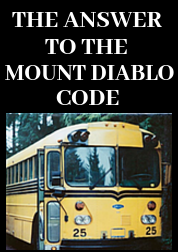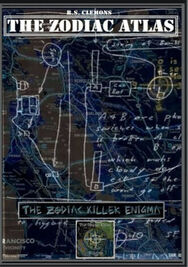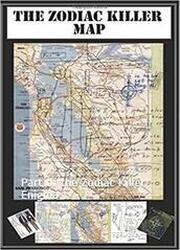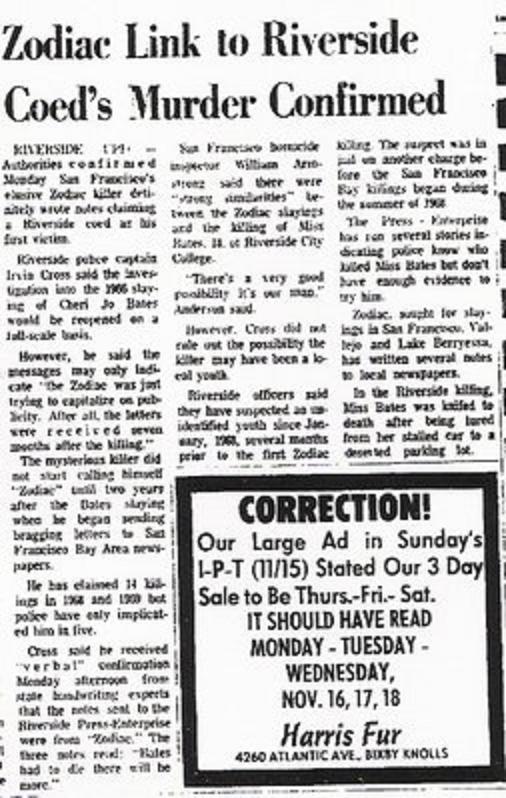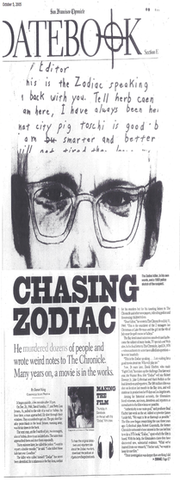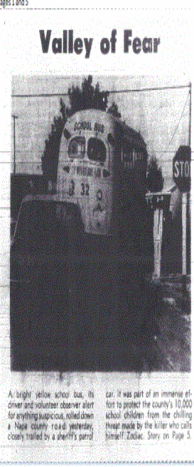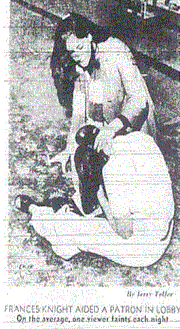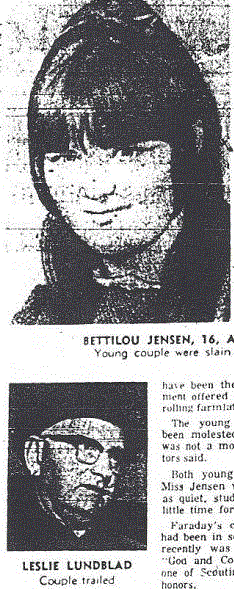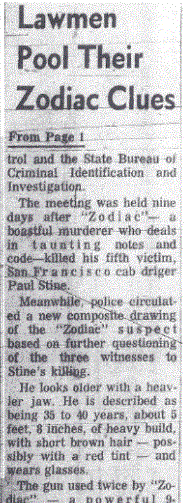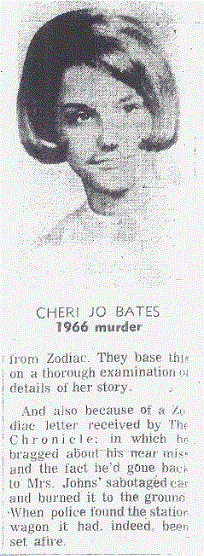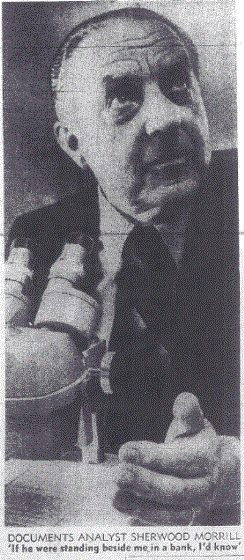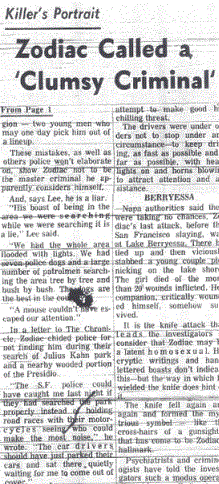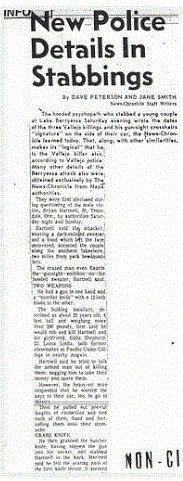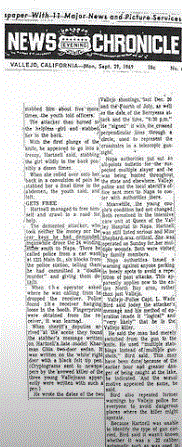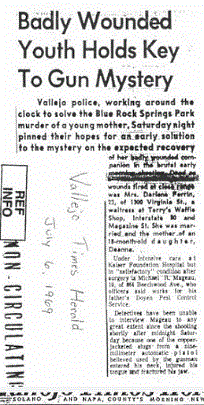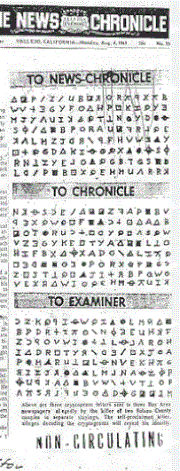There is every chance that the author of these two communications was a young prankster connected to the Riverside City College campus and library, who had knowledge of both attacks in 1965 and 1966, and gleaned everything about these two young women from the newspapers. The connection to both these attacks can be reasoned in the Riverside Desktop Poem, along with the claim of one author being responsible for both communications by the very wording they utilized.
|
There is a reasonable argument to be had, that the Confession letter mailed on November 29th 1966 was created by the same author as the Riverside Desktop Poem, with both being created at around the same time by somebody who had access to the Riverside library photocopier and the desktops themselves - possibly a young student who lived in Riverside and attended the college. The author of the Riverside Desktop Poem may have split his poem into two parts: The first part reminiscing in the present tense about the April 1965 attempted murder of a young female student on the Riverside City College campus, who narrowly escaped death after being stabbed by Rolland Taft. A newspaper article entitled "Clean-cut Youth Sought In Stabbing" was released shortly after the attack, that seemed to mirror the opening two words of the Riverside Desktop Poem, and detailed on Ricardo Gomez's MK Zodiac website. The first part of the poem was correct when it asserted "she won't die, this time someone'll find her". The young woman fled the attack and sought help from a nearby residence and was rushed to hospital. The second part of the poem reminisced in the present tense that the next woman would not be so lucky, by stating "Just wait till next time. r h." That person may have been Cheri Jo Bates, brutally stabbed on October 30th 1966 close to the Riverside City College library annex and found on Halloween morning. The newspapers detailed that screams were heard on the night of October 30th 1966 but that her body was discovered the morning of Halloween, so the author of the Desktop Poem may have been using this date when he added Riverside, Halloween at the end of the poem.
If the wording of the Confession letter had been withheld from the newspapers in 1966, it would make any similarities between the Confession letter and Riverside Desktop Poem more significant. It appears that the majority of the text from the Confession letter wasn't released until November 1968, when it was published in the Press-Enterprise newspaper. Let us make a comparison between the Desktop Poem and Confession letter, both of which begin with a title. The title of the Desktop Poem was "Sick of living/unwilling to die". When we look at the Confession letter the author types two sentences carrying the similar wording of "She was then very willing to talk to me" and "she went very willingly". The Confession letter author also typed "I am not sick. I am insane". In other words, the Desktop Poem title is embedded in the story of the Confession letter. The Desktop Poem concludes with the wording "She won't die, this time someone'll find her. Just wait till next time", suggestive of an impending death - and mirrored in the Confession letter when the author types the word "time" on a further three occasions and utilizes the word "die" in the same string of wording, by stating "When we were away from the library walking, I said it was about time. She asked me "about time for what". I said it was about time for her to die".
There is every chance that the author of these two communications was a young prankster connected to the Riverside City College campus and library, who had knowledge of both attacks in 1965 and 1966, and gleaned everything about these two young women from the newspapers. The connection to both these attacks can be reasoned in the Riverside Desktop Poem, along with the claim of one author being responsible for both communications by the very wording they utilized. Comments are closed.
|
All
For black and white issue..
Archives
July 2024
|
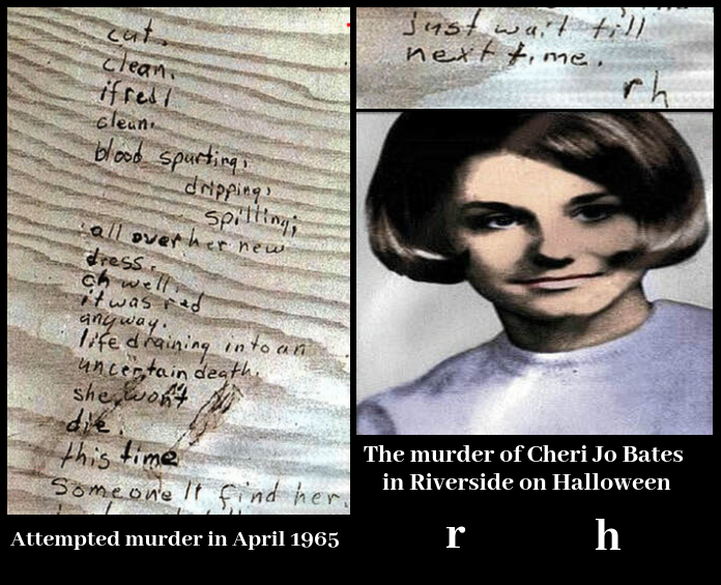




 RSS Feed
RSS Feed

